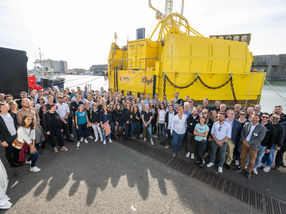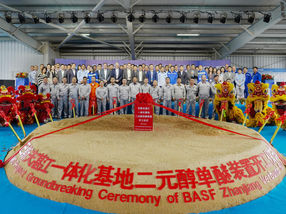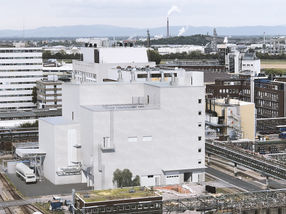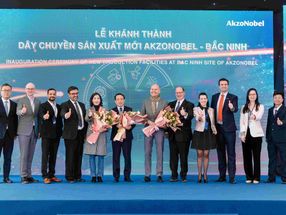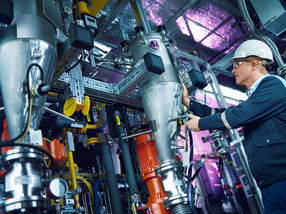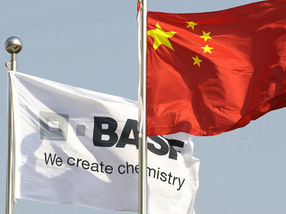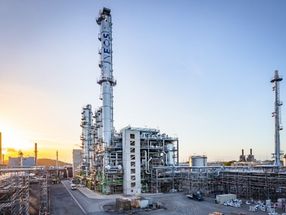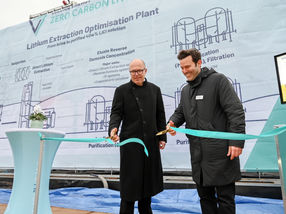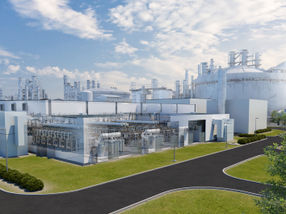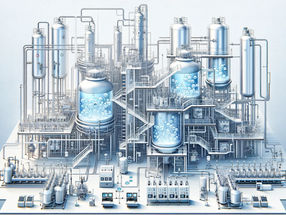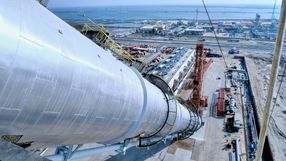Clariant starts production of high-performance DPP pigments
The pigments & Additives Division inaugurated its new production plant for diketopyrrolopyrrole (DPP) pigments at Clariant's site in Frankfurt-Höchst, Germany. The process includes the synthesis of pigments as well as the subsequent steps, such as finishing, filtration, drying, blending and packaging. All process steps are controlled by a modern process control system that ensures compliance with the highest safety standards. "The highly automated plant has an initial production capacity of 200 metric tons annually, with possibilities to increase capacity to meet market demand," says Dr. Leonhard Unverdorben, project manager DPP at Clariant.
Featuring strong performance and innovation: the new red and rubine pigments
Initially five new pigments will be produced at the new plant, based on DPP chemistry. The new high-performance pigments from Clariant possess extraordinary color strength and outstanding fastness. The Pigments & Additives Division is adding three high-performance pigments to its range of Colour Index Pigment Red 254:
Hostaperm® Red D2G 70 is suitable for the pigmentation of OEM automotive finishes and refinishes, as well as plastics coloration.
Hostaperm® Red D3G 70 is recommended for industrial coatings and printing inks. PV Fast Red D3G is a high-value pure red pigment that was specially developed for the polyolefin coloration and food packaging. This grade will shortly be also available as a non-dusting and easy-dosing granule under the trade name DrizPearls® Red D3G.
Two innovative rubine pigments with significantly improved properties for coatings will also be manufactured at the new plant: Hostaperm® Rubin D3B and Hostaperm® Rubin D3B-WD. The bluish red pigments (C.I. Pigment Red 264) are highly transparent and offer excellent fastness properties. Compared to existing pigments based on DPP chemistry, these pigments do not only show more color strength, the specially modified surface also improves the rheological properties and significantly improves the resistance to flocculation. The main areas of application are automotive effect shades, where these pigments are combined with aluminum bronzes or mica pigments.
At the same time, Clariant is pursuing the concept of twin pigments, taking DPP chemistry to a new level. Hostaperm® Rubine D3B is ideally suited for solvent-based coatings, particularly for environmentally friendly high solid systems. The same coloristic properties can be achieved with Hostaperm® Rubine D3B-WD in water-based systems. This makes it easy to formulate precisely defined shades in both paint systems.
Other news from the department manufacturing
Most read news
More news from our other portals
See the theme worlds for related content
Topic world Synthesis
Chemical synthesis is at the heart of modern chemistry and enables the targeted production of molecules with specific properties. By combining starting materials in defined reaction conditions, chemists can create a wide range of compounds, from simple molecules to complex active ingredients.
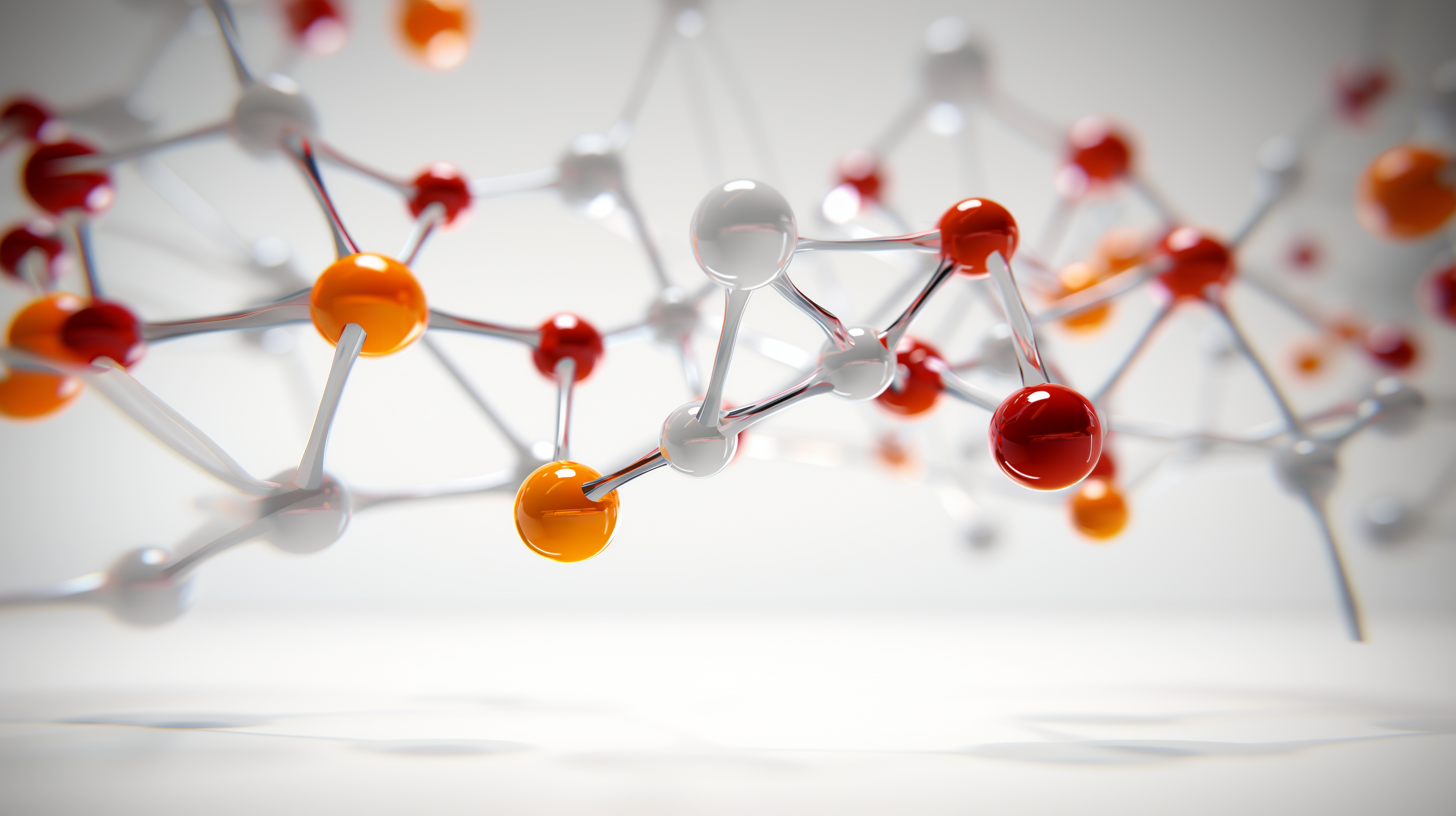
Topic world Synthesis
Chemical synthesis is at the heart of modern chemistry and enables the targeted production of molecules with specific properties. By combining starting materials in defined reaction conditions, chemists can create a wide range of compounds, from simple molecules to complex active ingredients.


